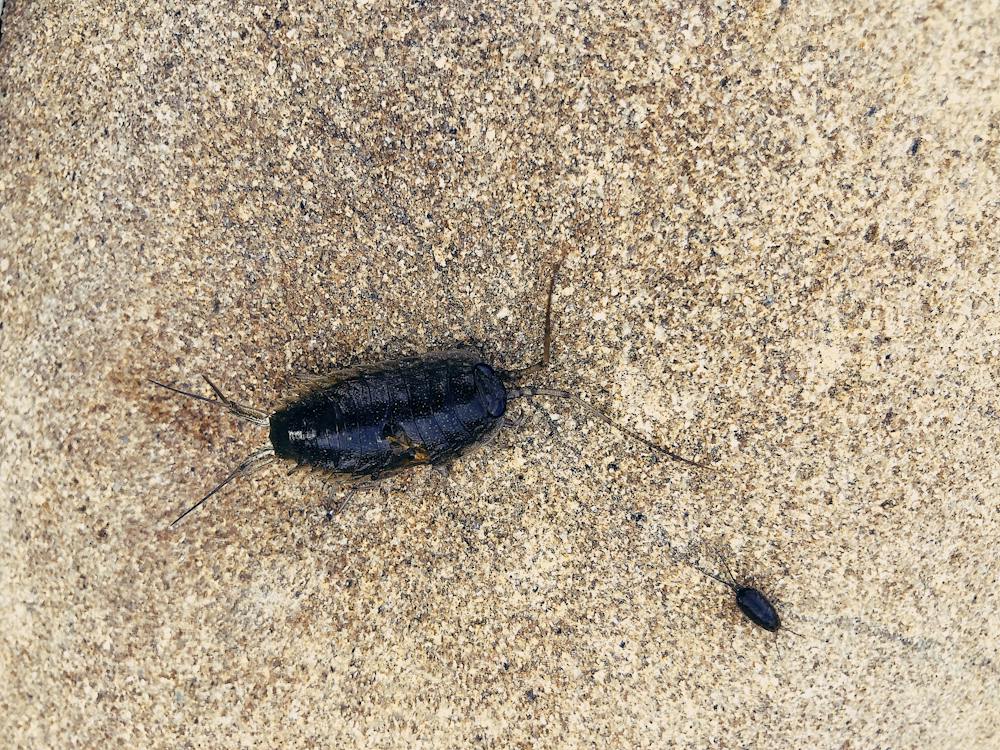Preserving the historical charm of buildings requires a delicate balance, especially when it comes to rodent control. Historic structures often pose unique challenges that demand careful consideration to protect architectural integrity. In Houston, where the melding of history and modernity is evident, the need for effective rodent control is paramount. This guide explores essential tips for rodent control in historic buildings, ensuring the preservation of the past while addressing the specific challenges posed by rodents. Whether you’re a steward of a historic property or a resident seeking a rat exterminator in Houston, the following insights offer a harmonious approach to safeguarding these architectural treasures from potential infestations.
Here are essential tips for rodent control in historic buildings to preserve the past:
1. Seal Entry Points Thoughtfully:
Tip: Identify and seal potential entry points for rodents, but do so thoughtfully to preserve the historic integrity of the building. Use materials and methods that blend seamlessly with the existing architecture, and avoid causing damage to original features.
2. Implement Exclusion Measures:
Tip: Utilize exclusion measures, such as installing mesh screens or rodent-proofing materials, to prevent rodents from entering the building. Ensure that these measures are discreet and do not compromise the historic aesthetics.
3. Maintain Landscaping:
Tip: Keep landscaping well-maintained to reduce hiding spots for rodents. Trim overhanging branches and eliminate clutter near the building to discourage rodent habitation.
4. Regular Inspections by Professionals:
Tip: Schedule regular inspections by pest control professionals who are experienced in dealing with historic structures. Their expertise allows for the identification of potential issues and the implementation of effective, yet sensitive, rodent control measures.
5. Use Humane Traps:
Tip: If trapping is necessary, opt for humane traps that capture rodents without causing harm. These traps can be carefully placed to minimize any impact on the building’s aesthetics.
6. Preserve Original Materials:
Tip: When addressing rodent-related damage, prioritize the preservation of original materials. Consult with restoration experts to ensure that repairs maintain the historical authenticity of the building.
7. Consider Eco-Friendly Solutions:
Tip: Explore eco-friendly rodent control solutions that are safe for both the building and the environment. This may include botanical repellents or ultrasonic devices that do not compromise the historic fabric.
8. Educate Staff and Residents:
Tip: Educate staff, residents, or occupants about rodent prevention measures and the importance of prompt reporting. Their awareness can contribute to early detection and intervention, minimizing potential damage.
9. Implement Routine Cleaning:
Tip: Maintain a regular cleaning schedule to eliminate food sources and nesting materials that attract rodents. This not only supports rodent control but also helps in the overall preservation of the building.
10. Consult with Preservation Experts:
Tip: Consult with preservation architects or experts specializing in historic buildings. They can provide guidance on rodent control methods that align with preservation standards and ensure the long-term integrity of the structure.
11. Use Low-Toxicity Rodenticides:
Tip: If rodenticides are deemed necessary, choose low-toxicity options that pose minimal risks to the environment and the building’s materials. Follow best practices for application to prevent unintended consequences.
12. Document Rodent Control Measures:
Tip: Maintain detailed documentation of all rodent control measures implemented. This documentation becomes valuable for future reference, ensuring that any interventions align with the building’s preservation plan.
Conclusion:
In conclusion, safeguarding historic buildings from rodent infestations requires a meticulous approach that respects the architectural legacy while addressing the pressing need for rodent control. Whether you’re a caretaker of a historical property or a resident in Houston seeking a rat exterminator, the delicate balance between preservation and pest management is crucial. By employing the tips outlined in this guide, you can contribute to the long-term preservation of these architectural gems. For professional assistance tailored to your specific needs, consider reaching out to MiceExterminator.org. With a commitment to comprehensive rodent control services, they bring expertise that aligns with preservation standards, ensuring that the historical significance of these structures remains intact for generations to come.Top of Form
